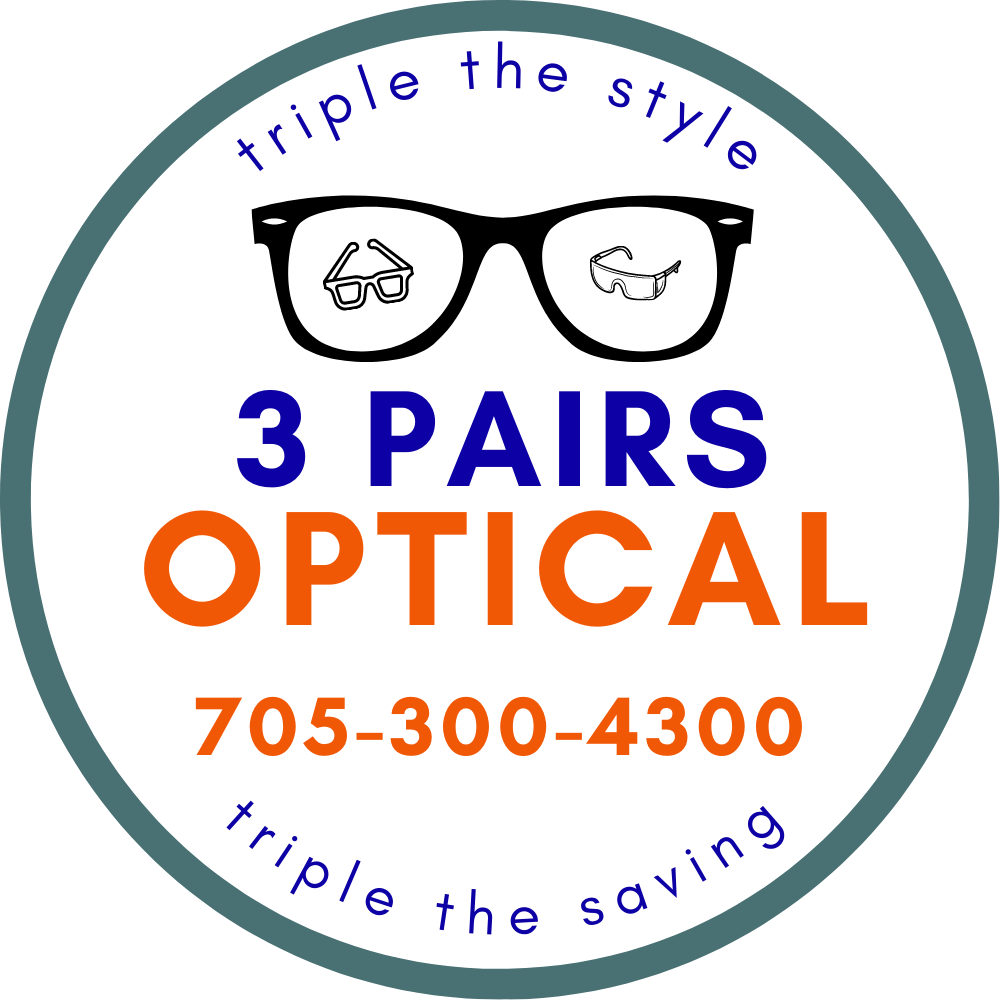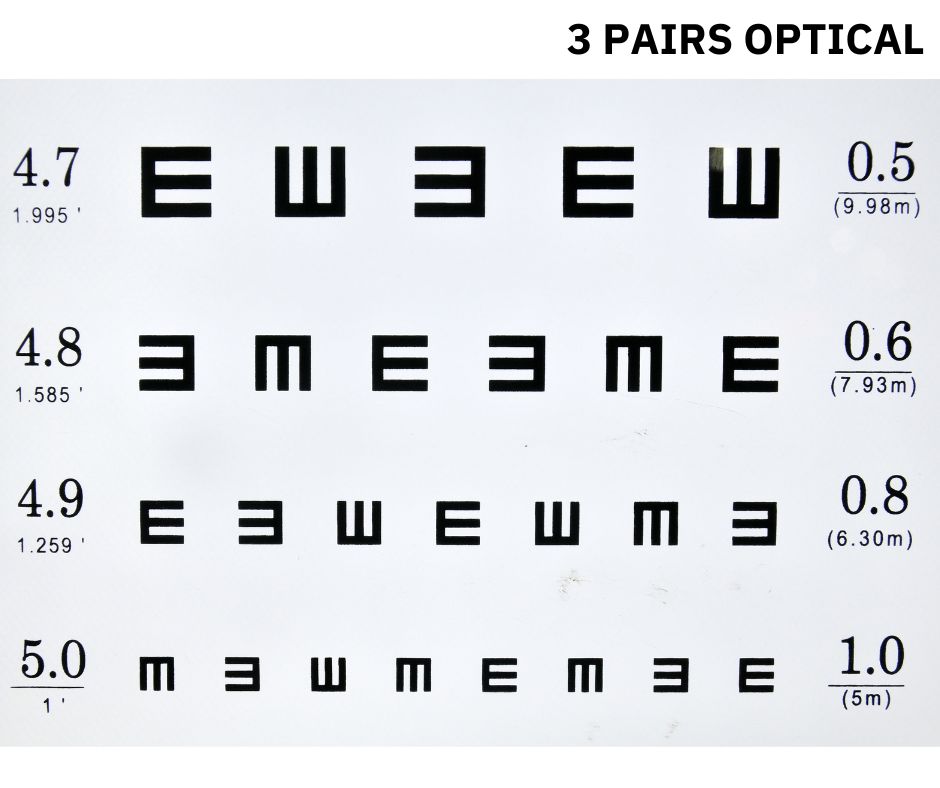So, you’ve recently had an eye examination and received your results and prescription from your optometrist. Your visual acuity was assessed, but what exactly does this mean?
What is Visual Acuity?
Visual Acuity (VA) refers to the clarity or sharpness of vision, tested at a standard distance to detect refractive errors or changes in eyesight. It measures the eye's ability to perceive shapes and details at a specified distance, comparing it to "normal" vision at the same distance. For instance, someone with 20/40 vision needs to be 20 feet away to see what a person with normal vision can see at 40 feet.
Refractive errors such as nearsightedness or farsightedness can be corrected with prescription glasses or contact lenses to enhance visual acuity.
What Does 20/20 Vision Mean?
The term "20/20 vision" signifies normal visual acuity, where the clarity or sharpness of vision is measured at a distance of 20 feet. If you have 20/20 vision, you can see clearly at 20 feet what should normally be seen at that distance.
How is Visual Acuity Measured?
Visual acuity is assessed through standardized tests, ensuring your prescription remains current. Common methods include the Snellen test and the Random E test.
Snellen Visual Acuity Test
The Snellen test involves a chart with 11 rows of capital letters, starting with a large letter at the top and progressively smaller letters below. The steps are:
- Stand 20 feet away from the Snellen chart without wearing glasses or contacts.
- Read the smallest line of letters you can see while covering one eye.
- Repeat the process for the other eye.
In confined spaces, a mirrored eye chart can be used to simulate the 20-foot distance.
Random E Test
The Random E test requires you to identify the direction the letter "E" is facing (up, down, left, or right) as it decreases in size down the chart. This test is often more detailed when performed in an eye clinic compared to a nurse's office or DMV, with the chart projected or displayed as a mirror image. Different lenses may be used to help determine your optimal prescription.
Other Vision Tests
Your eye doctor may also conduct other exams to assess your vision, such as a visual field test, which measures peripheral vision by identifying how much you can see from the corners of your eyes while focusing straight ahead. These tests can help determine any vision loss or the extent of vision in each eye.
Why Regular Eye Exams are Important
Your vision can change over time, just as you do, making regular eye exams essential. While the cost of eye exams might be a deterrent, neglecting your vision can lead to more significant expenses in the long run. Insurance often covers part of the cost, and at 3 PAIRS OPTICAL, we offer a limited-time deal of $80 off when you bring a prescription from any eye doctor and purchase glasses from us. This $80 discount applies regardless of whether you pay through insurance, health card, or out of pocket.

